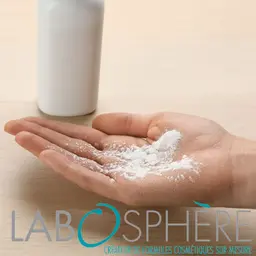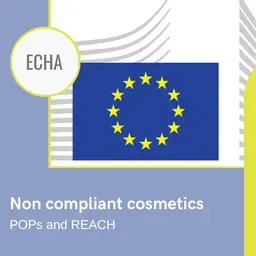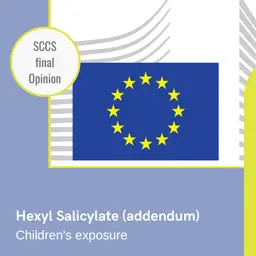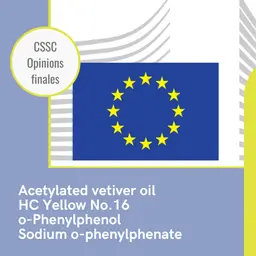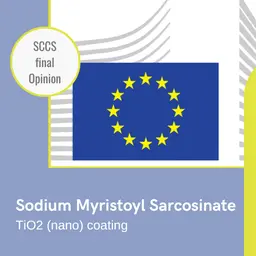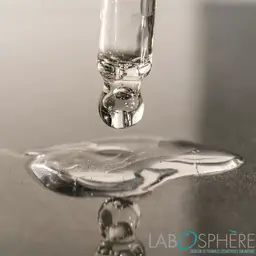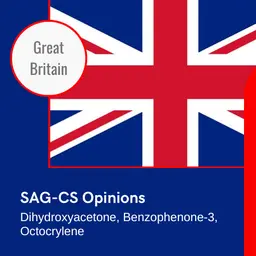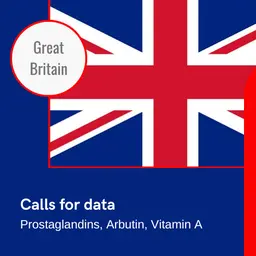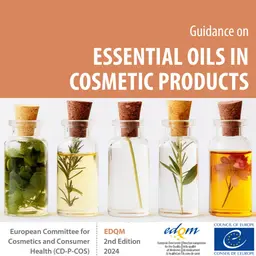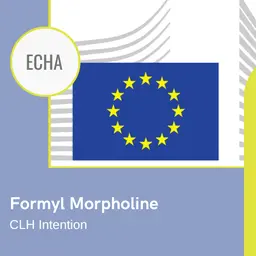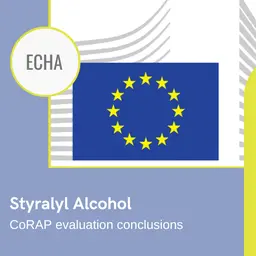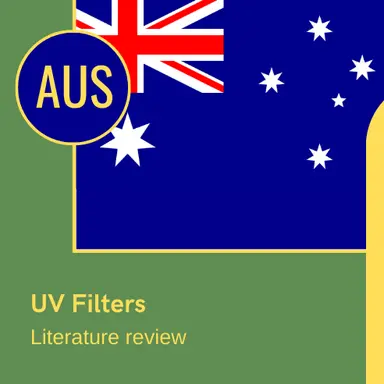
On 4 February 2025, the Australian Therapeutic Goods Administration (TGA) published a literature review on seven UV filters. The aim was to identify any new evidence in order to ensure the quality, safety and efficacy of products placed on the Australian market.
For its study, the TGA chose seven UV filters:
• Avobenzone (INCI: Butyl Methoxydibenzoylmethane, CAS No.70356-09-1)
• Ethylhexyl Triazone (CAS No.88122-99-0)
• Homosalate (CAS No.118-56-9)
• Octinoxate (INCI: Ethylhexyl Methoxycinnamate, CAS No.5466-77-3)
• Octocrylene (CAS No.6197-30-4)
• Oxybenzone (INCI: Benzophenone-3, CAS No.131-57-7)
• Ensulizole (INCI: Phenylbenzimidazole Sulfonic Acid, CAS No.27503-81-7)
The Administration says it prioritised these ingredients because of their widespread use in sunscreen products marketed in Australia, and because of safety alerts raised abroad.
The study focused mainly on two of their characteristics:
• their ability to penetrate the skin to reach viable cells at systemic level,
• their potential toxicity (acute and repeated dose toxicity, tolerance, sensitisation potential, genotoxicity, carcinogenicity, reproductive toxicity, endocrine disrupting potential).
Several sources in literature were used, such as:
• Assessments by Australian regulatory agencies
• Opinions of European scientific committees, such as the SCCS
• Resources published in PubMed
• European REACH registration dossiers
As a first conclusion, the TGA states that “Clinical advice remains that the benefits of sunscreen continue to far outweigh any risks. Tragically, around 2,000 people die each year from skin cancer in Australia. Sun protection, which includes the use of sunscreen, remains the best way to prevent skin …

